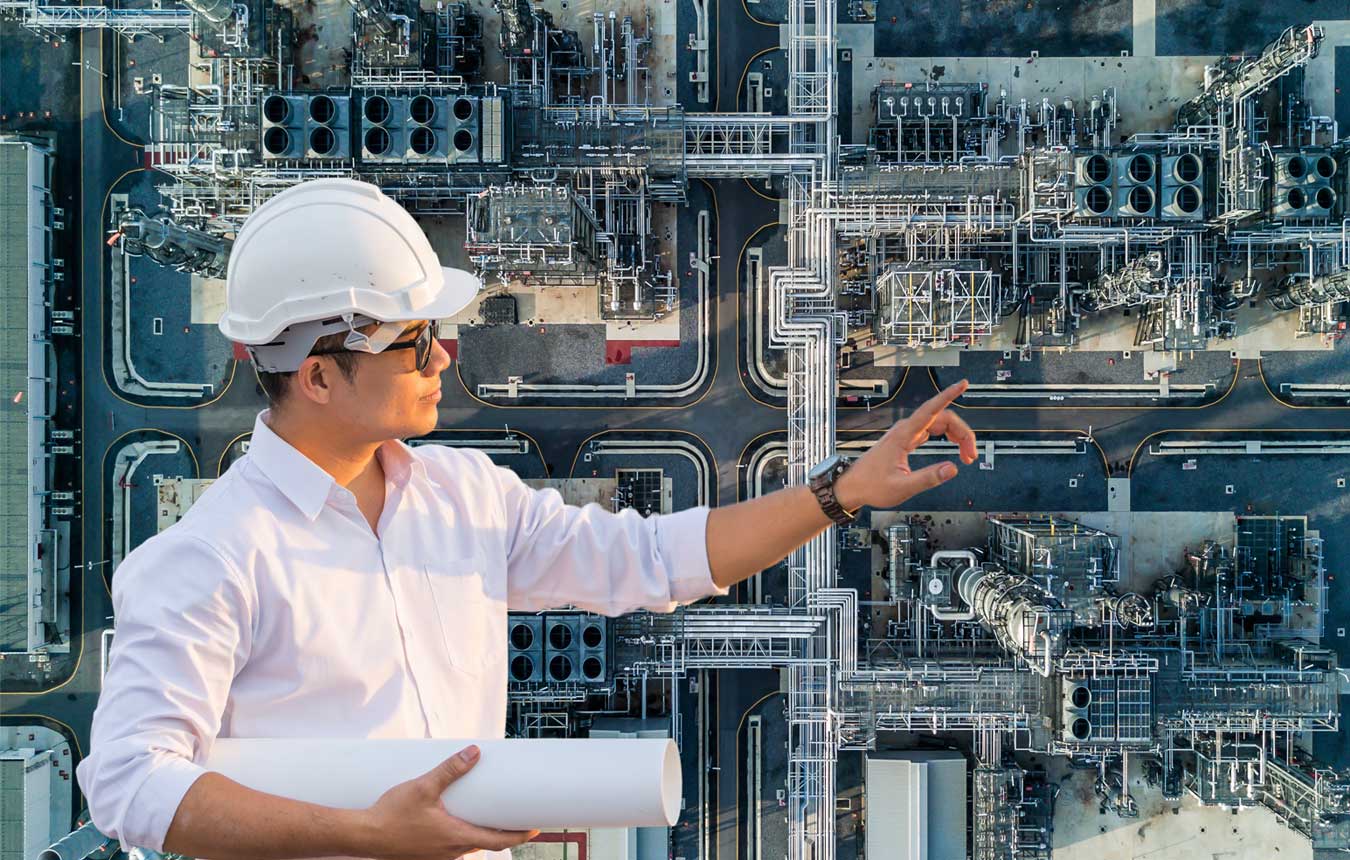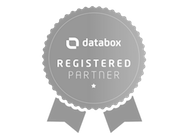
Tags: Industrial Revolution
Technological advancements have a direct bearing on the way any business is done and those that do not keep pace with tomorrow’s technology are bound to suffer. The real estate industry in Indian context has been slow to modernise & imbibe technology. It continues to lag far behind the developed countries.
For facilities management, Computerised Maintenance Management Systems (CMMS) & Computer Aided Facilities Management (CAFM) are still being introduced by majority of facility operators in India and they continue to depend upon manual management systems. But the world over, ARCHIBUS/FM & similar software are being used to manage millions of facilities & billions of square feet. BIM 6D is mandatory for managing all public buildings in United Kingdom.
Indian Real Estate Industry must move rapidly to catch up with the developed world as the facilities management scenario is on the threshold of a tectonic change in view of the impending technological changes due to the impact of Internet of Things ( IoT ), Artificial Intelligence (AI) and Blockchain technology.
Internet of Things (IoT)
The ability of Internet to connect people impacts every aspect of life with an overwhelming effect on the way we work and manage the workspace. In the coming decade, equipment & equipment systems shall talk to each other to deliver desired services.
The Facilities Management Information System (FMIS) shall have to keep pace with the requirements of processing data from thousands of sensors deployed all over the facilities covering services such as air conditioning, lighting, parking, security, fire detection, fire alarm & fire-fighting systems with each of these services equipment speaking to the other and ensuring seamless delivery of services. Informatization and digitization shall be the key to effective Property & Facilities management.
IoT involves sensors technology (infrared & other sensors), Radio Frequency Identification (RFID) tag, a combination of integrated circuits (ICs) and electronics with computer software and hardware termed as Embedded System Technology. While IoT shall enable improvements in operations and management efficiency, RFID technology shall help tracking of the processes in real time.
The Edge, the world’s greenest (BREEAM Outstanding Rating 98.36%) and most intelligent building in Amsterdam, the Netherlands, has Internet of Things (IoT) as its foundational principle.
Artificial Intelligence
The requirement of analytics for volumes of data captured by IoT can be supported by Artificial Intelligence (AI). Machine learning with its inherent power shall enable deductions & decisions far superior than even the human brain. The major AI technologies are expert systems, speech recognition, neural networks, intelligent agents & fuzzy logic.
An intelligent computer programme can advise & execute tasks just like human experts by virtue of its ability to use data to create its responses to various inputs. AI, in facilities management, can be best exploited by using co-relation between the historic and real time data to deduce the existing performance & potential malfunctions thus predicting the need for repair or replacement before the malfunction actually occurs.
AI can be further integrated with computerised maintenance management systems (CMMS) to enter data & generate an automated report & create work orders. AI can also identify risks in the same manner as identification of potential equipment malfunctions. Some other applications of AI are:
# Cleaning and repairs.
# Self-vacuuming and self-mopping devices to map out a floor, clean the floor, and return to a docking station.
# Assessment of the energy efficiency of a building by checking its heat signature using Drones with thermal imaging technology.
# Intelligent Digital Video Management System integrated with closed circuit TV using analytics can help in identifying insights & patterns based on camera footage & provide real time alerts to call attention to events.
Blockchain Technology
In Blockchain technology, the key terms are ‘ledger’ and ‘transaction’ which indicate the basic functionality of the technology. It involves recording transactions linked to one another using cryptographic keys, or hashes in a digital ledger, distributed across several machines in a network. It can be applied where ever a recording ledger is used and transactions are taking place.
Blockchain provides a very high level of security, reliability & traceability since the details and contents cannot be changed as they are encrypted, stored and distributed on devices across the network. It also enables implementation of “smart contracts” since self-executing instructions, conditions and outcomes are programmed into the Blockchain.
Blockchain technology can be effectively used for property/ facility management for tenant billing, equipment warranties and indoor occupancy tracking. Traceability & accountability can be established by using a Blockchain to track maintenance schedules and visits by service contractors. “Smart contracts” which are inherent to Blockchain technology can verify the completion of work & release payments.
The records of work & transactions can also be maintained. Smart interfaces, sensors and controls provided for Electrical equipment &HVAC can help in verifying the regular maintenance & servicing so that smart contracts can initiate to automatic release of payments and record and update the Blockchain. Further, Building Automation System (BAS) data can be collected by an analytics platform & AI can be used to verify sequence of operation changes.
Integrated Workplace Management System (IWMS)
Integration of Computerised Aided Facilities Management (CAFM) &real estate functionality i.e. project management, real estate/portfolio optimization, lease administration & space and maintenance management led to emergence of IWMS. Sustainability and other applications including resource planning, have been added followed by the “Nexus of Forces” such as the rise of the cloud, mobility, analytics, big data and social media and lease accounting. Thus, IWMS has moved on from being an asset management tool to the digital workplace today.
I2WMS, the new kid on the block, fosters an environment in which external information can be dealt with directly in the application framework. It removes the barriers that required navigation from one application to another to gain the information needed to resolve an issue. By reaching out into the larger environment, it has become both a command centre and a broker for exchange, aggregation, analysis and synthesis of diverse data that affect the built environment.
People, process and place are at the centre of I2WMS, and these new and evolving technologies are contributing to the transformation in industry in myriad ways.
To conclude, the three technologies discussed above i.e. IoT, AI & machine learning and Blockchain technology are complementary and their further integration with Building Information Modelling (BIM) & the “Nexus of Forces” such as cloud, mobility, analytics, big data and social media will lead to achievement of a built environment with green & smart cities, smart services & smart grids.
Time is also not far when software faults will be attended to by a facility robot by plugging into a computer terminal without having to alert anybody. Machine and deep learning technologies will lead to computers which think for themselves using the data to create their own responses to various situations. Soon the role of facility manager would become largely supervisory.
Additional information on The Edge: It has certain unique features such as an Atrium that provides opportunities for employees to meet each other and interact informally making it the social hub of the building. The Atrium façade is totally transparent to allow view &light in from North.
It has adopted “Hot desking” with Flexible Workspaces providing only 1080 desks for 2850 employees. The smaller openings in façade walls to the south, east and west provide thermal mass and shading. It has a Solar Panel Roof & Smart Lighting. It even has solar panels on the south facade which provide enough sustainable electricity to power all smart phones, laptops and electric cars. The LED lighting system &30,000 sensors are integrated by an Ethernet-powered system to continuously measure lighting levels, humidity and temperature, occupancy, movement& the energy use can be automatically adjusted.
The digital infrastructure of The Edge is connected to every ceiling panel, light bulb, and other aspects of the building’s HVAC and other systems. This enables automatic alerts to managers regarding the lights that needing replacement, printers requiring paper & other daily occurrences. Building’s digital systems and the mobile apps generate vast data on energy use, working patterns etc., which can help in management of operations & understanding of working environments.


 Lead Generation Packages
Lead Generation Packages Premium Branded Content
Premium Branded Content Interactive Content
Interactive Content Nurturing Funnels
Nurturing Funnels Technology Consulting
Technology Consulting Hubspot Setup & Training
Hubspot Setup & Training












